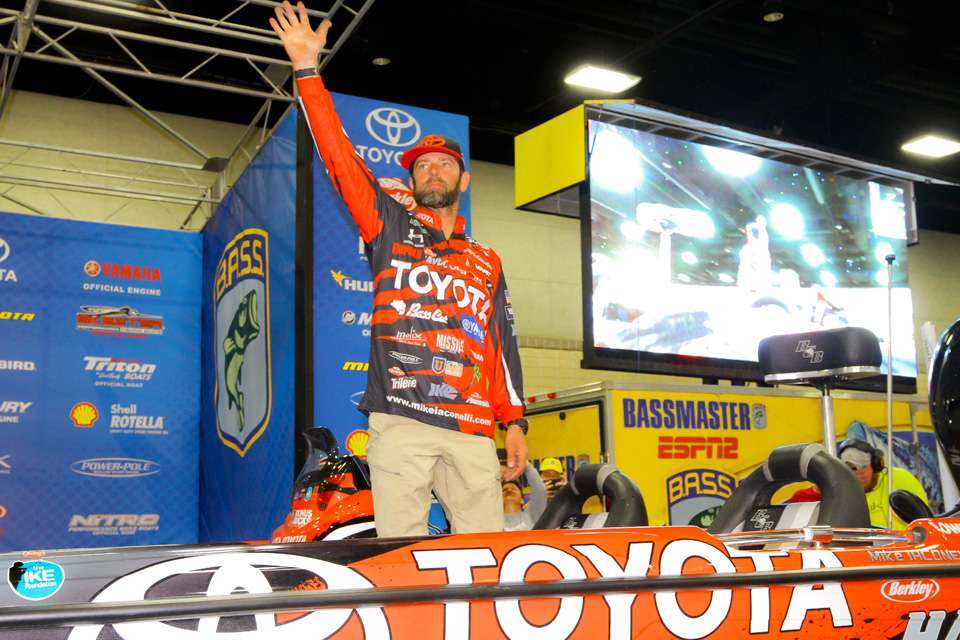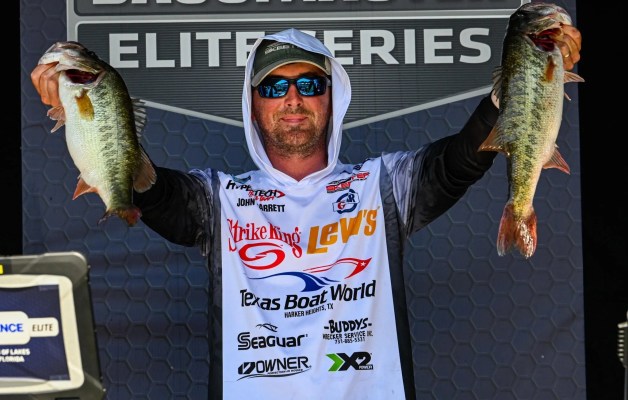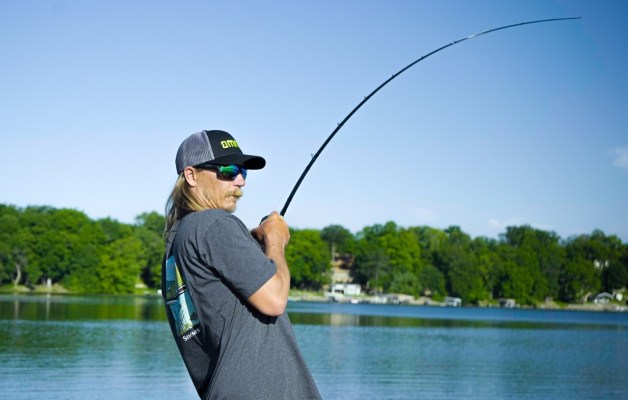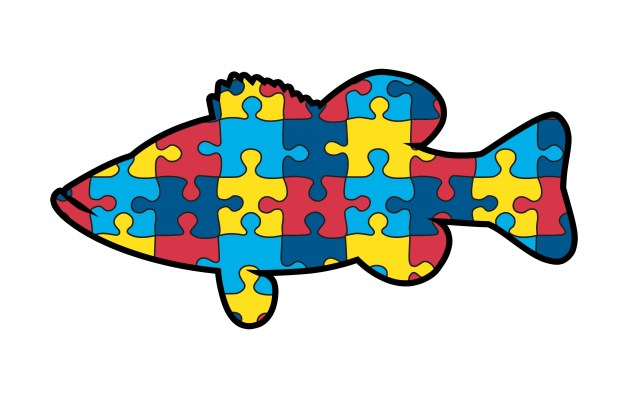
I’ve been using a prespawn pattern for a while now that works just about everywhere in the country. It produced for me at the Cherokee Lake Elite in what turned out to be one of my best starts in years. It was almost like I was confused. I was fishing an early tournament, and I didn’t have the weekend off.
So anyway, I had two patterns going. One was a deep smallmouth bite and one was a shallow largemouth bite. We’re going to talk about the largemouth pattern right now. It’s the perfect time of the year to share it.
The first consideration with this pattern is water temperature. It works best in water that’s between 45 and 49 degrees, but there is some flexibility in those numbers. The real key is that they’re just starting to move.
In most of our reservoirs there are areas of flat rocks. They’re kind of like flat tabletops that lay on top of each other. Some are thin and tight while others are thick and lose. And, they’re made out of all different kinds of rock. None of that is all that important, however.
What is important is that they need to start in fairly deep water and stretch back into shallow backwater areas and hollows.
The most productive places stretch for a distance and then stop before they reach the shore. The bass hang out between the last line or row of rocks and the shore. It doesn’t take much water to hold them. I’ve caught them in water so shallow I couldn’t believe I didn’t see their fins sticking up, and I’ve caught them as deep as 5 feet.
A good guess would be that they use those rocks as staging markers in front of their beds while they wait for the water to warm enough so that they can lay their eggs. No matter the why, however, it’s enough to know they will be there.
I fished a lot of these places in Cherokee without having prefished them or even having found them in practice. I just ran around looking during the tournament when my bite got tough. When I found one I fished it. The pattern is that reliable.
My best lure was probably a Rapala DT6 crankbait in a shad color. I’d throw it right up against the shore and bring it back somewhere between slow and medium. This plug runs deeper than the water I was fishing. It really kicked up a fuss. They slammed it.
Another lure that worked for me was a Missile Jigs Mini Flip — 1/2 ounce — in a crawfish color. I’d throw it all the way up on the bank and bring it back with a real slow crawl.
I tried to match the local forage with both of these baits. That’s what I do when I’m fishing this pattern anywhere. It’s important that the plug or jig look natural. These are feeding bass.
There aren’t a lot of things that work everywhere. Usually there’s a special, local thing that works better than anything else. This isn’t one of them. I’m telling you, do this in the early spring and you’ll catch them.
Mike Iaconelli’s column appears weekly on Bassmaster.com. You can also find him on Facebook and Twitter or visit his website, mikeiaconelli.com.





